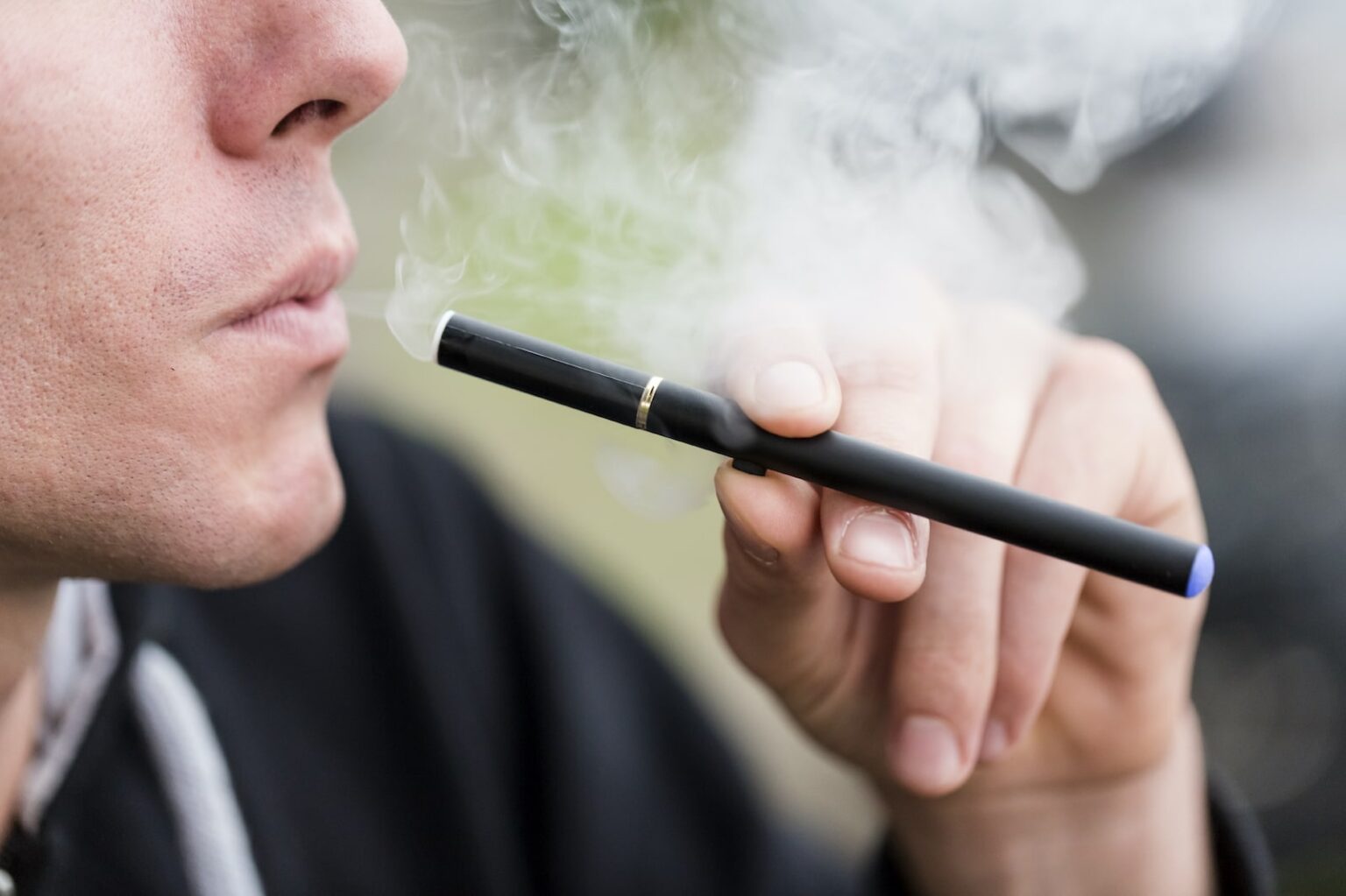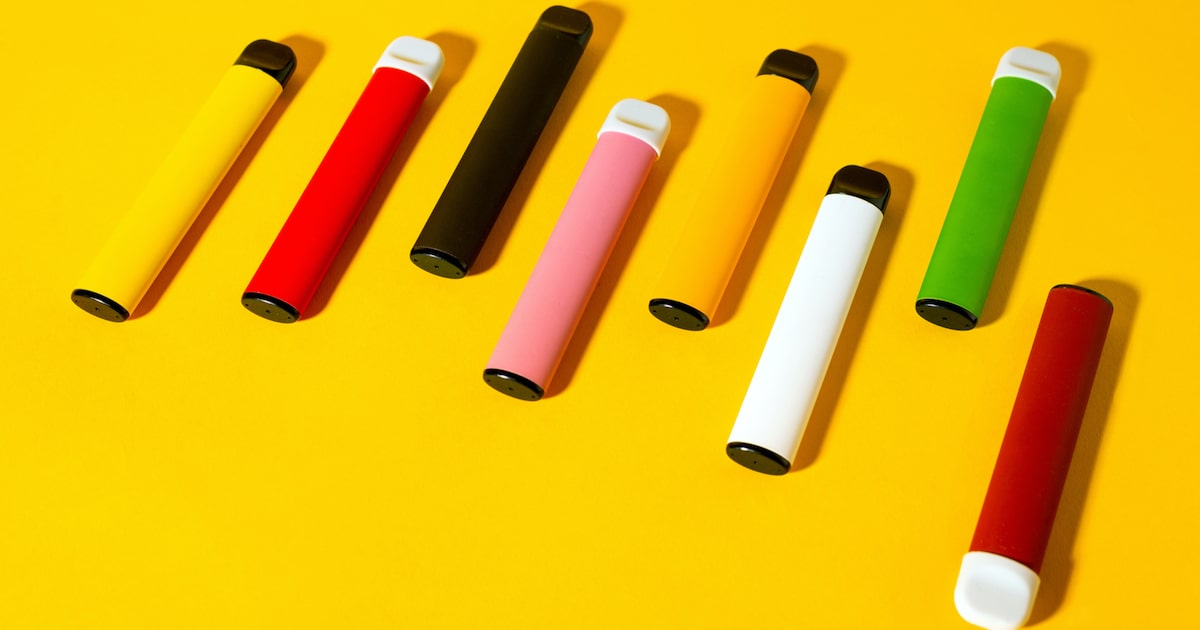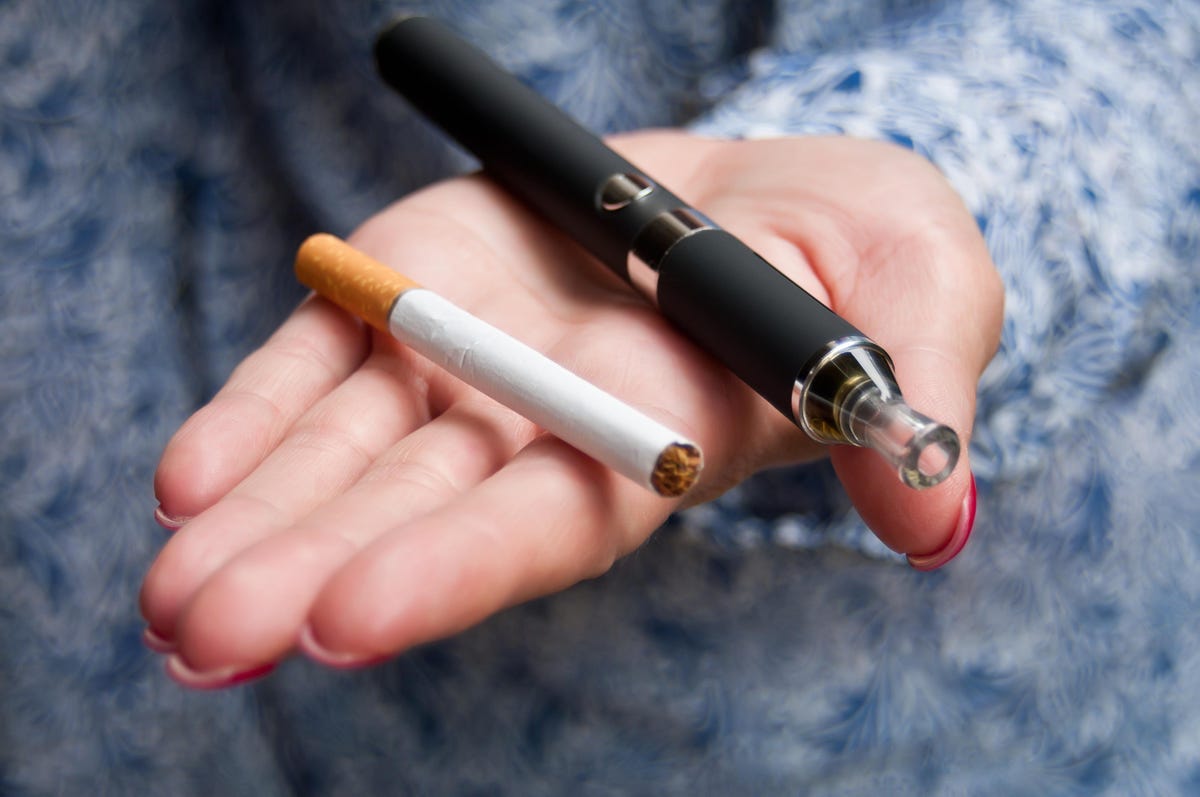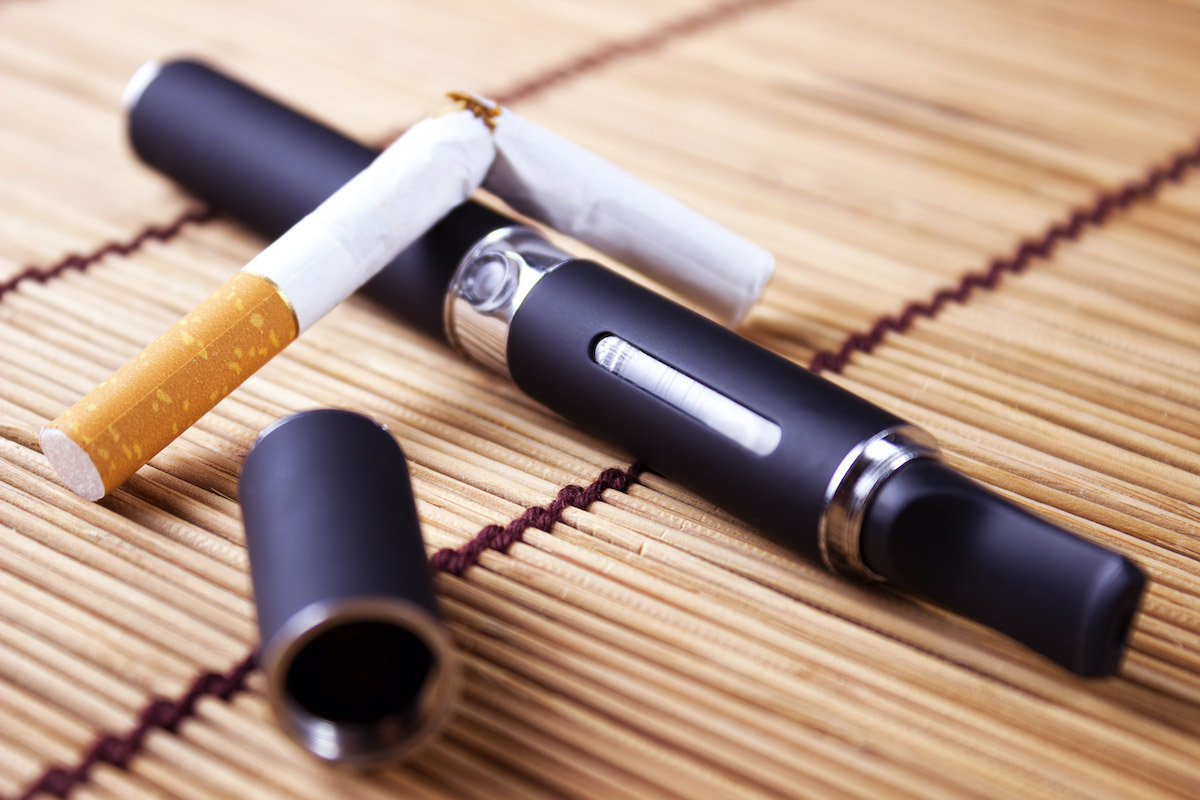
How It Works: Electronic Cigarette (E-Cigarette)
All e-cigarettes are battery-operated devices that simulate smoking a real cigarette. The simulation is called vaping. Many smokers were not unaware of the negative health implications of inhaling tar and toxic chemicals from tobacco for many years. However, nicotine addiction made it harder for many to quit smoking.
E-cigarettes were received favorably soon as they hit the market in the early 2000s. The reason is not hard to find. It contains nicotine, sometimes in more proportion than traditional cigarettes. Ex-smokers can solve their nicotine craving without inhaling toxic chemicals and carcinogenic substances. Not all electronic cigarettes have nicotine․
So, how do these devices work, delivering nicotine and other substances that give satisfying smoking sensations?
Components of an E-Cigarette

Battery
Every e-cigarette needs a power source to work. Lithium-ion batteries are the standard ones used by most manufacturers. In addition, they are rechargeable, giving the vapers to perks of taking their devices everywhere.
Tank
The tank houses the juice before vaporization and is placed near the tip of the c-cig. In most brands, users can disassemble and refill the tank with their preferred e-juice. Some are, however, disposable. In this device, manufacturers instead placed a cartridge and atomizer in the same chamber.
Atomizer
An e-cigarette needs heat to turn the liquid to vapor. Atomizer has a heating coil that performs that function. It connects to the battery at one end and the cartridge that houses the e-juice at the other.
Mouthpiece
It is the part for drawing from the atomizer to the mouth. E-cigarette users have to put the tip between their lips and draw the vapor with minimum effort. The design or style of the mouthpiece varies from one manufacturer to another.
Ingredients in an E-liquid
The liquid in an e-cigarette goes by names like e-liquid, e-juice, or vape juice. E-liquids contain two base ingredients – propylene glycol (PG) and vegetable glycerin (VG). Other optional ingredients in an e-liquid are nicotine and other chemicals, primarily flavors to enhance the smoking sensation. You can find tobacco-free nicotine (TFN) e-liquids and regular ones at Provape

Vegetable Glycerin
VG is a vegetable oil-like yet soluble substance commonly used as an additive in the food and cosmetic industry. It is an essential ingredient that produces the big cloud that vaping is known for. The higher the VG ratio compared to PG in an e-liquid, the thicker the vapor it produces. VG is also responsible for a soft throat hit and leaves a slightly sweet aftertaste in the mouth.
Propylene Glycol
Like VG, PG is another chemical used as an additive in foods and drinks. The syrupy substance has no short-term health and is approved as food-grade by FDA. Suppose you are using an e-cig to mimic tobacco smoking, an e-liquid with a higher ratio of PG. The substance gives a more substantial throat hit than VG. It is also responsible for carrying flavors for a more satisfying vaping experience.
Flavors
E-liquid producers add flavoring concentrate to e-juice to make every inhale enjoyably. Every e-cigarette brand has a wide selection of flavors to choose from. The most popular vape juice is tobacco, methol, dessert, tropical and fruity flavors for an apparent reason.
Nicotine
Nicotine is an addictive chemical naturally occurring in several plants, vegetables, tomatoes and potatoes, eggplants, and tobacco. Many smokers trying to quit find it extremely difficult due to nicotine addiction. Not all e-liquid contains nicotine, but it is a necessary ingredient for ex-smoker using e-cigarettes to quit smoking. The level of tobacco should determine the nicotine strength of the e-liquid. A high concentration of nicotine is more suitable for heavy smokers.

How Do All Parts Work Together?
A traditional cigarette requires lighting and combustion to produce smoke releasing nicotine to the lung. E-cigarettes don’t use combustion but vaporization. Instead, the vape juice is heated and converted to vapor or mist.
Depending on the e-cigarette, the atomizer is activated by a manual switch or a button. Sometimes, you need to inhale from the tank or cartridge via the mouthpiece to start the vaporization process. The process takes place inside a battery-powered vaporization chamber, which houses electronic control and the atomizer. A cartridge completes the setup. It is a tank containing e-liquid or vape juice. It is attached to the vaporization chamber at the end that serves as the mouthpiece.
To kick start the process, the user inhales from the mouthpiece. That action activates the atomizer, which then heats the e-liquid in the tank to convert it to vapor to be drawn from the mouthpiece. Finally, the user inhales, which often contains nicotine and vapor, and blows out a vapor cloud.
How To Inhale from E-cig Properly?
Getting the inhaling technique right enhances the vaping experience. For a first-timer especially, drawing in the vapor the wrong way can lead to coughing and a nicotine rush. Mouth to lung and direct to low are the two types of inhalation. The idea technique depends on the purpose of vaping.
Mouth To Lung
It is a method for those that want to replicate the throat hit of smoking. It works best with electronic cigarettes and other small vaping devices. Hence, it produces a small vapor. Using a cigarette with the MTL technique, draw the vapor for a few seconds and hold it in the mouth for another 2 seconds. Inhale to the lung and exhale.
Direct To Lung
DTL is ideal for experienced electronic cigarette users. Devices designed for this type of inhalation come with a low resistance coil. Some vapes have adjustable airflow to control vapor and nicotine intake.
The ideal e-liquid ideal contains no or minimal nicotine content, not more than 6mg. This technique requires taking a quick drag straight to the lung and breathing out the vapor immediately.



